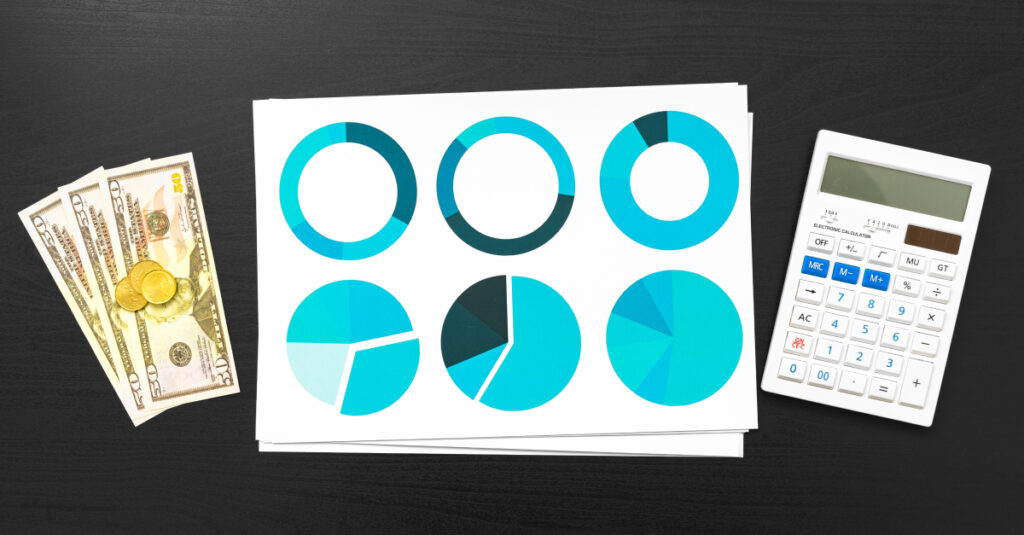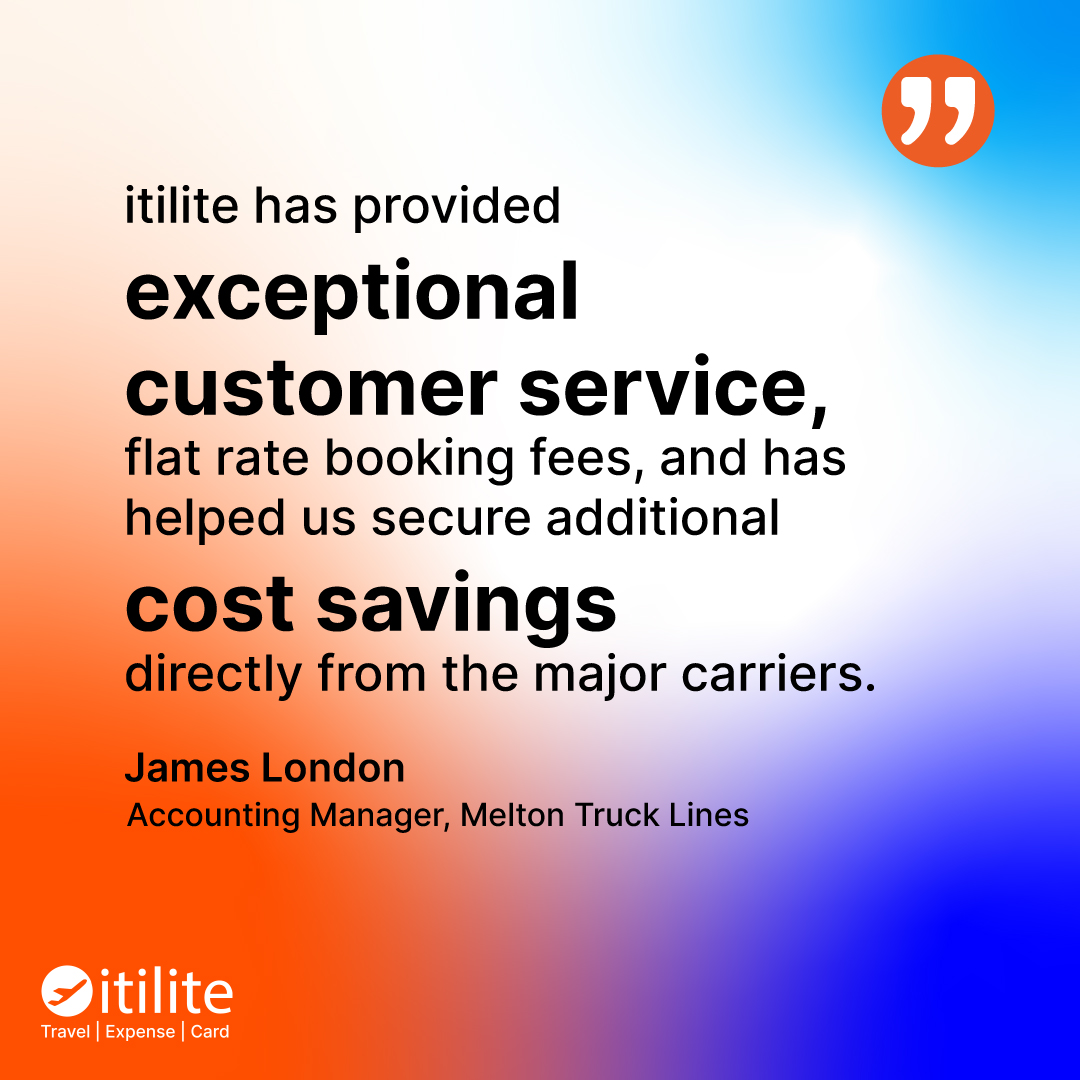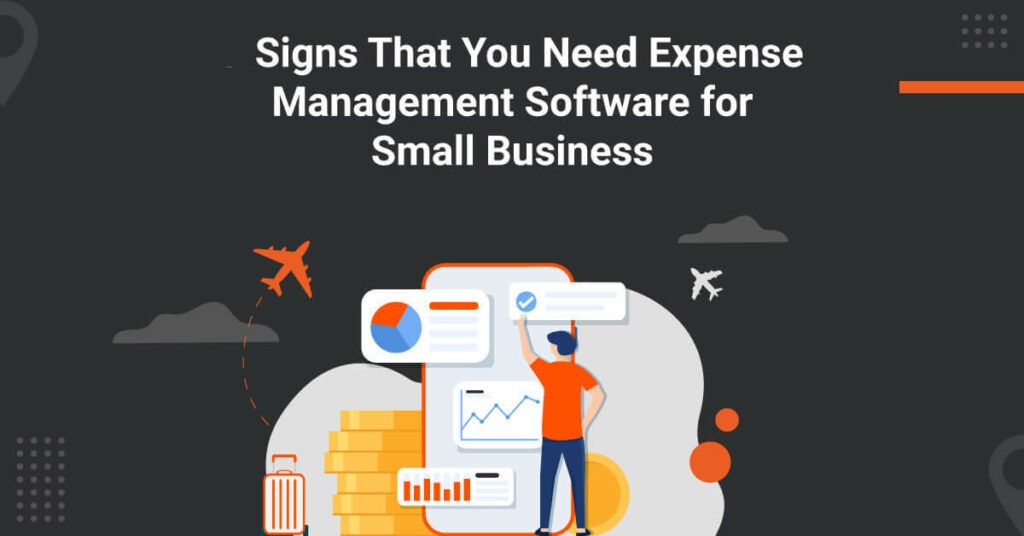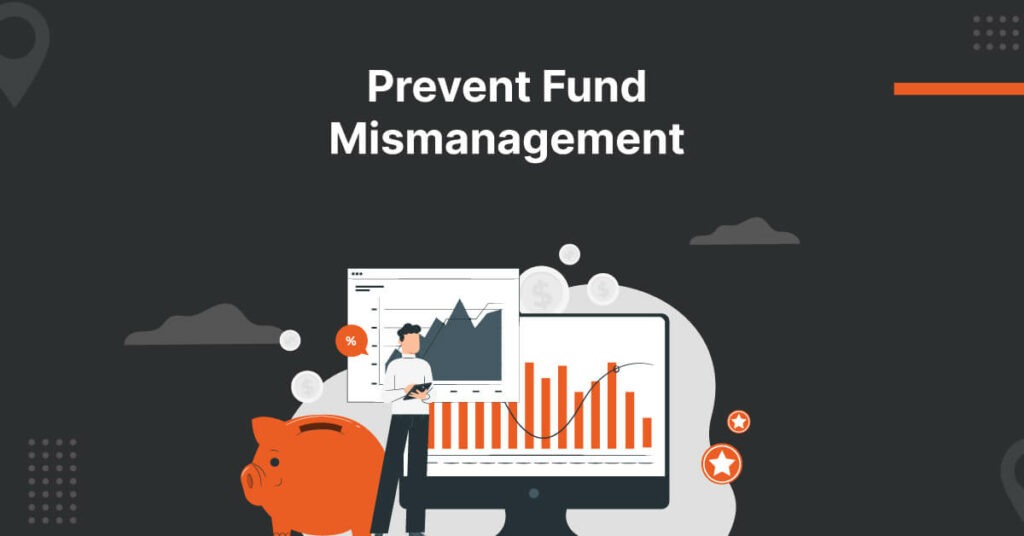
Business expenses are costs a company spends to keep running smoothly. They cover everything from paying employees to buying supplies and renting office space. By understanding what are the 4 types of expenses, you can gain valuable insights into managing your finances.
These costs are listed on the company’s income statement, which shows how much money is coming in from sales and how much is going out in expenses.
Identifying the four expense types helps businesses plan how to use their money wisely and track where it’s going. By subtracting expenses from income, companies determine how much money they make. And since taxes are based on this profit, it’s super important to get the expenses right!
This blog focuses on identifying the four expense types, aiming to clarify where a company’s money goes.
What are the 4 Types of Expenses?
Below are the types of expenses:
1. Fixed Expenses
Fixed expenses are steady costs that stay the same no matter how much a business sells or produces. They’re like the backbone of a budget, always there whether business is booming or slow. These are fixed because of contracts or set schedules, so they’re not affected by how busy the company is.
Think of fixed expenses as the silent partners in a business’s financial story. They don’t get the spotlight but quietly chip in to show how well the company is doing financially. Depreciation, for example, is one of these fixed expenses. It’s like watching a car lose value over time – predictable and steady.
And even though they’re called “fixed,” these expenses can go up over time. Rent might increase, salaries could be boosted, and insurance bills tend to climb. But no matter what, they stay fixed because they don’t change based on how much the company sells.
Identifying the Four Expense Types: Example of Fixed Expenses
- Rent: Monthly payments for leasing office space, retail space, or a manufacturing facility.
- Salaries and Wages: Regular payments to employees, including base salaries and fixed wages for contracted workers.
- Insurance Premiums: Regular payments for various types of insurance coverage, such as property insurance, liability insurance, or health insurance for employees.
- Loan Payments: Monthly installments for business loans, including mortgages, equipment loans, and business lines of credit.
- Depreciation: The gradual decrease in the value of assets such as buildings, machinery, or vehicles over time.
- Utilities: Regular expenses for essential services like electricity, water, gas, and internet.
- Lease Payments: Payments for leasing equipment, vehicles, or other assets under lease agreements.
2. Variable Expenses
A variable expense is an expense that changes based on how much a company produces or sells. When production or sales increase, these costs also increase. Conversely, when production or sales decrease, variable expenses also decrease. They’re like the flexible part of a budget that fluctuates with business activity.
Variable costs are crucial for figuring out a product’s contribution margin. It means the amount of money a product makes after covering its variable costs. If a company boosts production to meet demand, the variable expenses go up accordingly. But if those costs start eating into the profits from the extra sales, it might not be worth expanding further.
Economies of scale come into play here. That’s when the cost per unit goes down as production increases. So, if a company can’t achieve economies of scale, it needs to figure out why and decide if it’s still worth growing.
Identifying the Four Expense Types: Examples of Variable Expenses
- Raw materials: The components needed to make a product.
- Labor: Wages paid to workers involved in producing, packaging, or selling the product.
- Utilities: Costs for essential services like electricity, water, and gas.
- Commission: Payments to salespeople based on the number of products sold.
- Distribution costs: Expenses related to shipping and delivering the product to customers.
- Packaging materials: Materials used to package the product, such as boxes or labels.
- Marketing expenses: Costs associated with advertising and promoting the product.
3. Operating Expenses
Operating expenses are like the bills a company has to pay to keep its doors open and its wheels turning. They cover all the regular costs of doing business.
Think about it this way: Imagine you’re running a bakery. Your operating expenses would include the following:
- cost of ingredients for making the cakes
- the wages for the bakers who mix and bake them
- the electricity bill to power the ovens
- the money you spend on marketing to attract customers
Every business is different, so its operating expenses can vary. For example, a software company might have operating expenses like paying programmers and buying computers. However, a transportation company might have expenses for fuel and vehicle maintenance.
Operating expenses are the essential costs of doing business day in and day out. They are not big investments in new projects or borrowing money for major expansions. Instead, they are the everyday expenses that keep the business running smoothly.
Because they’re crucial to keeping the business going, they’re usually tax-deductible. This means the company can subtract them from its income when it comes time to pay taxes.
Identifying the Four Expense Types: Examples of Operating Expenses
- Salaries and Wages
- Rent
- Utilities
- Office Supplies
- Insurance Premiums
- Marketing and Advertising
- Maintenance and Repairs
- Travel Expenses
- Professional Fees
Suggested Read: What is an Expense Tracking System?
4. Non-operating Expenses
Non-operating expenses are costs a business incurs that aren’t directly related to its main operations. These expenses can include one-time costs, like writing off old inventory or gains from selling assets that aren’t part of the core business.
Separating these expenses and gains from the day-to-day operations helps businesses see how well they’re doing. For example, if a company has a big one-time expense, it might look like it’s not doing well, even if its regular operations are profitable.
By identifying the four expense types separately, businesses can better understand their financial health and plan for the future. This helps them make smarter decisions and predict how they’ll perform down the road. Accounting software makes it easier for businesses to track these expenses and plan for the future accurately.
Examples of Non-Operating Expenses
- Write-offs
- Restructuring costs
- Legal settlements
- Interest expense
- Foreign exchange losses
- Impairment charges
- Gain or loss on asset disposal
Suggested Read: Business Expense Template for Corporate Finance Management
Identifying the Four Expense Types for Enhanced Financial Analysis
We hope this blog helped you understand what are the 4 types of expenses. With itilite expense management software, you can transform your company’s financial management. It makes expense reporting simpler and makes it easy to track expenses.
Gain real-time visibility into your spending and take control of your finances like never before. With itilite, categorizing expenses is a breeze, empowering you to optimize your spending and boost your bottom line.
Don’t settle for complexity – experience the simplicity and power of itilite today! Reserve your spot for a free demo.
















